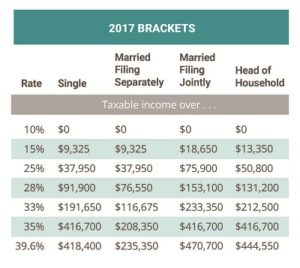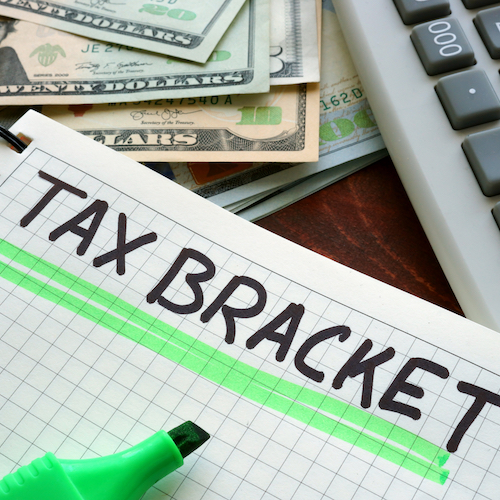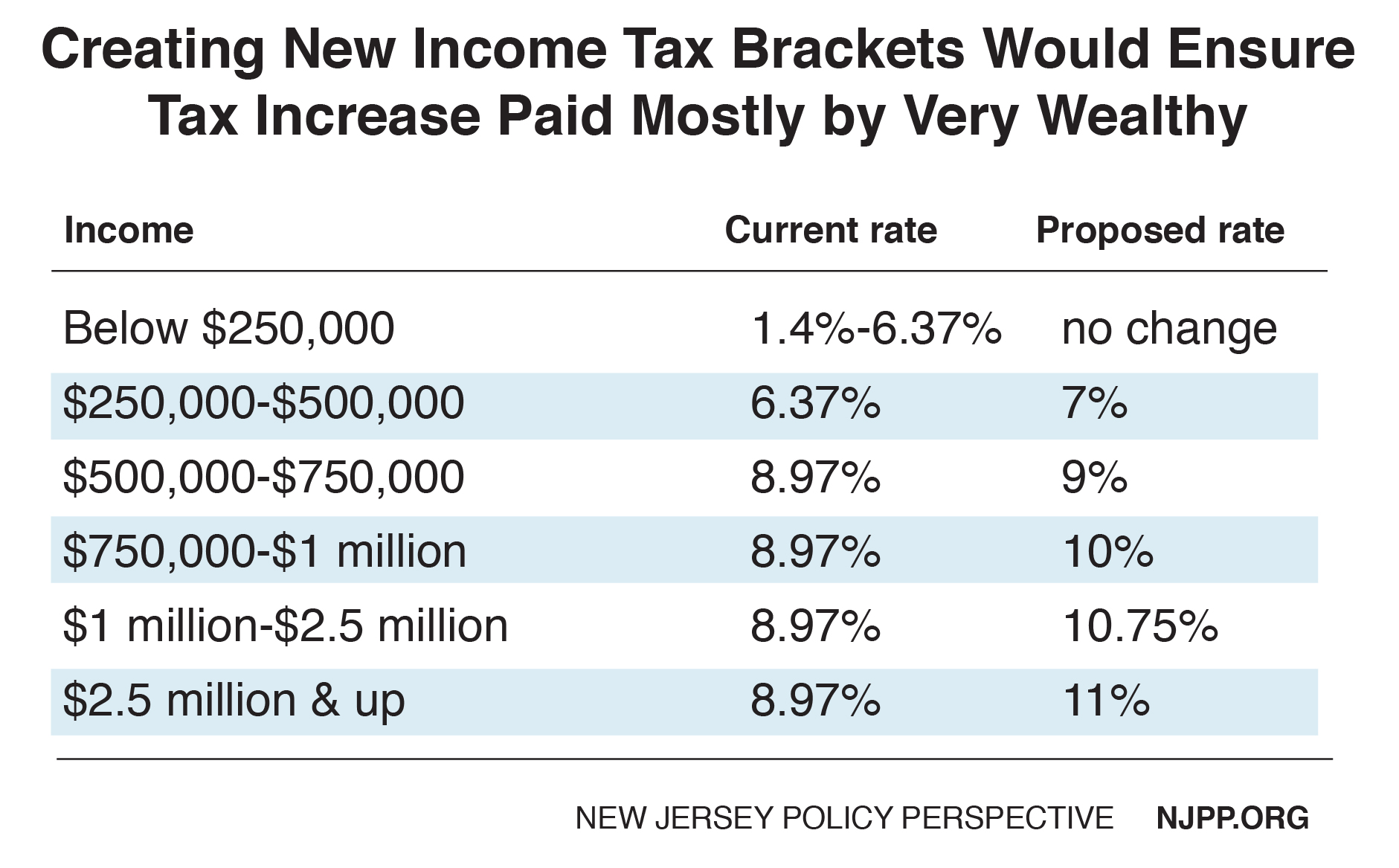


SmartAsset’s free tool matches you with up to three vetted financial advisors who serve your area, and you can interview your advisor matches at no cost to decide which one is right for you. The IRS mandates employers to send 1099 forms to workers who are paid more than $600 during a tax year.Ī financial advisor can help you understand how taxes fit into your overall financial goals. But, whereas W-2 employees split the combined FICA tax rate of 15.3% with their employers, 1099 workers are responsible for the entire amount. This means that because they are not considered employees, they are responsible for their own federal payroll taxes (also known as self-employment tax).īoth 1099 workers and W-2 employees must pay FICA taxes for Social Security and Medicare. Independent contractors, unlike W-2 employees, will not have any federal tax deducted from their pay. However, this tax payment is divided in half between the employer and the employee. The FICA rate due every pay period is 15.3% of an employee’s wages. These taxes include Social Security tax, income tax, Medicare tax and other state income taxes that benefit W-2 employees.īoth employers and employees split the Federal Insurance Contribution Act (FICA) taxes that pay for Social Security and Medicare programs. This means that employers withhold money from employee earnings to pay for taxes. These forms report the annual salary paid during a specific tax year and the payroll taxes that were withheld. W-2 employees are workers that get W-2 tax forms from their employers. Taxpayers can lower their tax burden and the amount of taxes they owe by claiming deductions and credits. are calculated based on tax rates that range from 10% to 37%. In addition to this, most people pay taxes throughout the year in the form of payroll taxes that are withheld from their paychecks. Nearly all working Americans are required to file a tax return with the IRS each year. The federal personal income tax that is administered by the Internal Revenue Service (IRS) is the largest source of revenue for the U.S. These deductions will not be available to a taxpayer opting for the New Tax Regime u/s 115BAC, except for deduction u/s 80CCD (2), 80CCH which will be applicable for New Tax Regime as well.The Federal Income Tax: How Are You Taxed? Photo credit: ©/Veni Tax deductions specified under Chapter VIA of the Income Tax Act Interest on loan u/s 24(b) allowable is tabulated below: Nature of PropertyĬonstruction or purchase of house property However, this deduction is not available for person opting for New Tax Regime. In case of self- occupied property, the upper limit for deduction of interest paid on housing loan is ₹ 2 lakh. Section 24(b) – Deduction from Income from House Property on interest paid on housing loan & housing improvement loan.

Investments / Payments / Incomes on which I can get tax benefit
#Tax brackets plus#
Health & Education cess 4% shall also be paid on the amount of income tax plus Surcharge (if any) The amount payable as Surcharge shall not exceed the amount of income earned exceeding ₹ 50 lakh, ₹ 1 crore, ₹ 2 crore or ₹ 5 crore respectively Marginal relief is a Relief from Surcharge, provided in cases where the Surcharge payable exceeds the additional income that makes the person liable for Surcharge. Maximum rate of Surcharge on Income by way of Dividend or Income under the provisions of Sections 111A, 112, and112A is 15%.25% - Taxable Income above ₹ 2 crore - up to ₹ 5 crore.15% - Taxable Income above ₹ 1 crore - up to ₹ 2 crore.10% - Taxable Income above ₹ 50 lakh – up to ₹ 1 crore.Surcharge is an additional charge levied for persons earning Income above the specified limits, it is charged on the amount of income tax calculated as per applicable rates Central & State Government Department/Approved Undertaking Agency.Deductions on which I can get tax benefit.


 0 kommentar(er)
0 kommentar(er)
